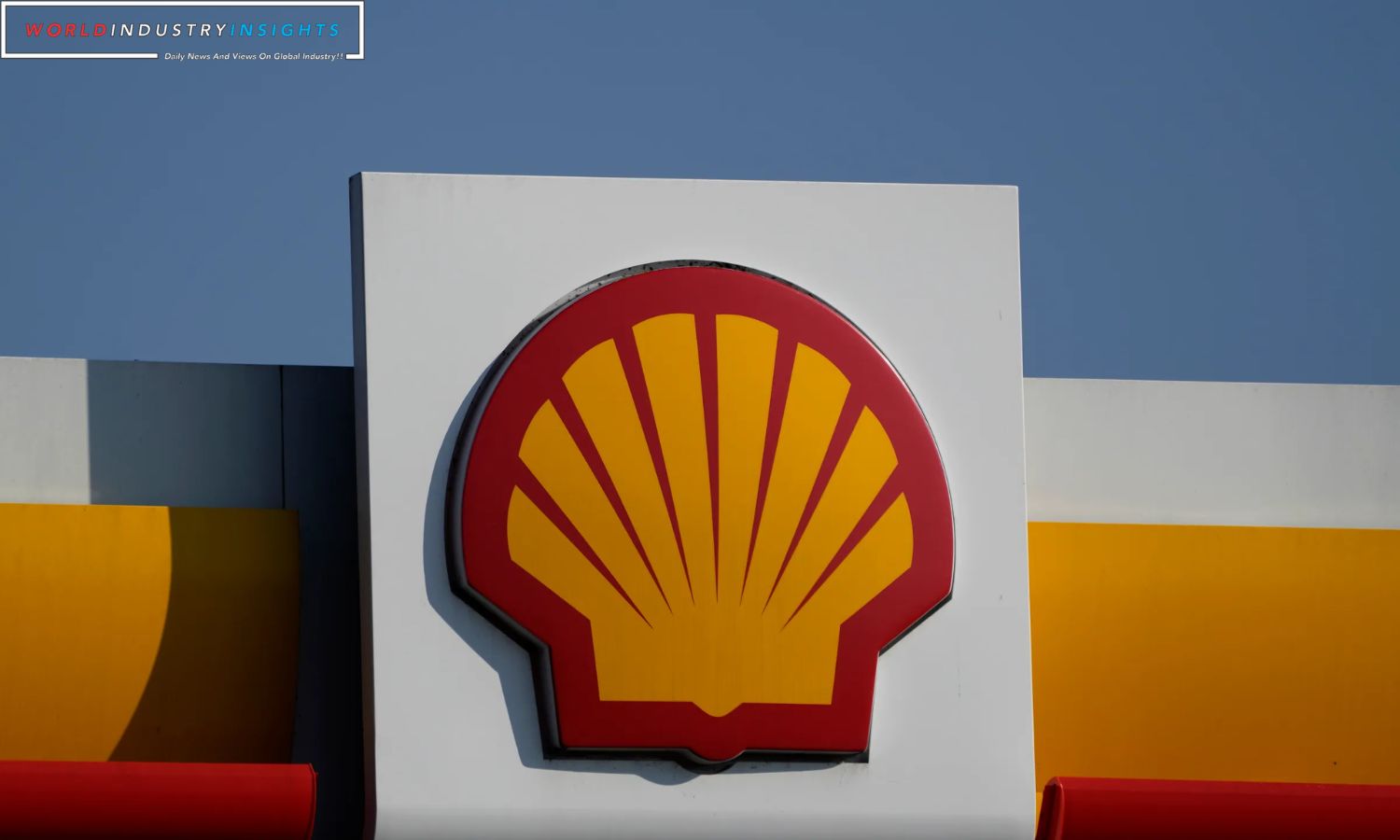Shell Low-Carbon Solutions evolution: Shell is set to trim its low-carbon solutions division workforce by at least 15% and downsize its hydrogen business as part of CEO Wael Sawan’s plan to enhance profits. The staff reductions and organizational changes are part of Shell’s strategy to focus on higher-margin projects, maintain steady oil output, and expand natural gas production.
This move will result in cutting 200 jobs in 2024 and reviewing another 130 positions within the unit. Some of these roles will be integrated into other parts of Shell, which employs over 90,000 people.
The transformation in the Low Carbon Solutions (LCS) business aims to strengthen its focus on core low-carbon areas like transport and industry. This division includes hydrogen and other businesses involved in decarbonizing the transport and industry sectors, excluding the renewable power business. Shell managers recently announced these job cuts and changes during town hall meetings in the LCS division, with a particular focus on the hydrogen business.
Shell plans to scale back its hydrogen light mobility operations, which focus on technologies for light passenger vehicles, and concentrate on heavy mobility and industry.
Also Read: Shell-Octopus Energy Business Deal: A Strategic Shift in UK and German Energy Markets
The company will also merge two of the four general manager roles in the hydrogen business. This shift away from the light mobility sector comes after the departure of the business’s manager, Oliver Bishop, who now leads BP’s global hydrogen mobility business.
Shell was an early supporter of hydrogen-fueled cars, but in recent years, it has closed several hydrogen fueling stations globally, including in the UK, as consumers favored electric vehicles. Nevertheless, Shell is still investing in its global hydrogen portfolio, including a 200-megawatt electrolyze plant in the Netherlands, which will produce zero-carbon, or green, hydrogen.
CEO Wael Sawan recently stated that Shell is changing its approach to achieving its goal of becoming a net-zero carbon-emitting company by 2050. While there has been internal pressure to maintain investments in renewable energy, Shell’s focus on its low-carbon solutions business reflects its ongoing commitment to address commercial and technical challenges and reduce emissions.
Despite these changes, Shell’s approach differs from some of its US rivals, such as Exxon Mobil and Chevron, which have recently doubled down on fossil fuel production by acquiring other oil companies. Shell’s emphasis on low-carbon solutions and the hydrogen business demonstrates its dedication to evolving within the changing energy landscape.
Our Reader’s Queries
What has Shell done to reduce carbon emissions?
Our commitment to low-carbon energy is unwavering. We invest approximately $1 billion annually in sustainable energy sources like electric vehicle charging, hydrogen, biofuels, and wind and solar power. We aim to double that investment to $2 billion, as long as we identify viable commercial opportunities. Our goal is to continue leading the way in reducing carbon emissions and promoting a cleaner, greener future.
Is Shell greenwashing?
Greenpeace has accused 12 oil companies, including Shell and BP, of greenwashing their renewable and low-carbon energy production. The environmental organization commissioned a study that analyzed the annual reports of these British fossil fuel giants for 2022, as well as 10 other European companies. The findings suggest that these companies may be exaggerating their commitment to sustainability, which raises concerns about their impact on the environment.
What is Shell’s climate change strategy?
Our goal is to significantly reduce our carbon footprint by cutting our absolute emissions by 50% by 2030, compared to 2016 levels. We plan to achieve this by eliminating routine flaring of natural gas from our upstream operations by 2025, which generates carbon emissions. Additionally, we aim to maintain methane emissions intensity below 0.2% by 2025 and achieve near-zero methane emissions by 2030. We are committed to doing our part in protecting the environment and creating a sustainable future.
What are the goals of Shell 2030?
Our goal is to cut our overall emissions by half by 2030, in comparison to our 2016 levels. This includes all emissions in Scope 1, which are directly produced by our operations, as well as those in Scope 2, which result from the energy we purchase to power our operations.


